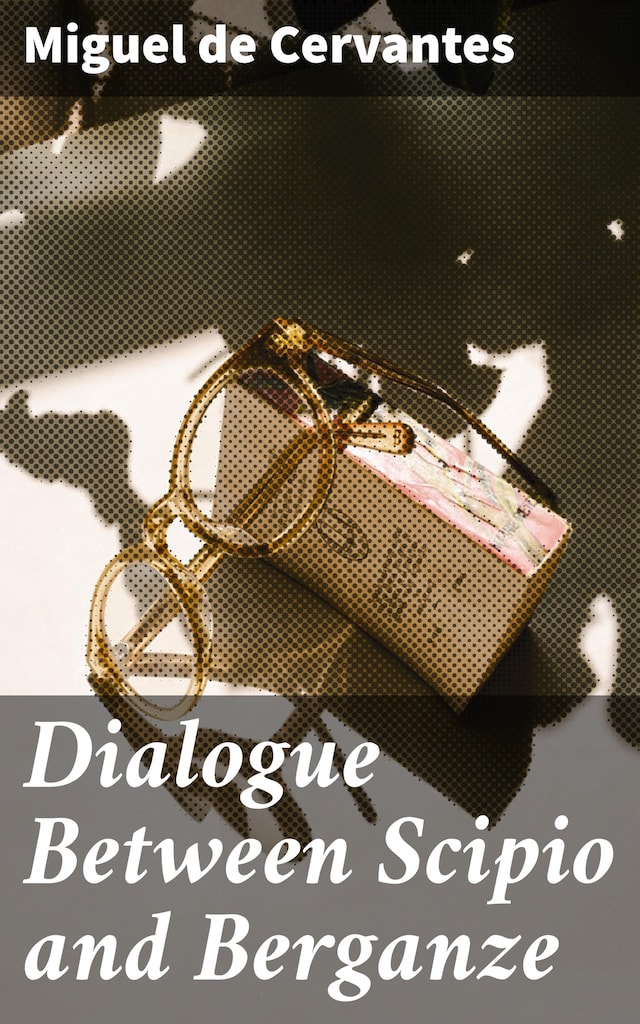
Dialogue Between Scipio and Berganze
Dogs of the Hospital of the Resurrection in the City of Valladolid
Description of the book
In "Dialogue Between Scipio and Berganze," Miguel de Cervantes employs a rich tapestry of philosophical dialogue to explore themes of fate, humanity, and the nature of virtue. Set against the backdrop of the Spanish Golden Age, this work delves into the contrasting worldviews of its titular characters: Scipio, emblematic of classical wisdom and military heroism, and Berganze, representing a more pragmatic, earthy perspective. Through a series of witty exchanges replete with allegorical significance and intertextual references, Cervantes crafts a compelling narrative that simultaneously engages and challenges the reader's intellectual faculties, blending narrative prose with rhetorical flourishes that reflect the influence of Renaissance humanism. Cervantes, often hailed as the father of the modern novel, wrote this dialogue during a period of personal and societal turmoil that profoundly informed his perspective. His multifaceted experiences, which included military service, imprisonment, and a relentless pursuit of literary acclaim, reveal a keen awareness of the moral and philosophical dilemmas facing humanity. This understanding, paired with his deep appreciation for classical literature, significantly shaped the narrative choices in this nuanced dialogue that transcends mere entertainment to engage with existential inquiries. For scholars and casual readers alike, "Dialogue Between Scipio and Berganze" is not merely a historical artifact but a timeless exploration of ethics and the human condition. This work is an essential read for those interested in the complexities of Cervantes'Äô thought, as well as for anyone seeking to engage with profound moral questions through the lens of exquisite literary craftsmanship. Its philosophical depth and narrative intricacy promise to resonate with readers, inviting both reflection and discourse.
 Miguel de Cervantes
Miguel de Cervantes 80 Pages
80 Pages